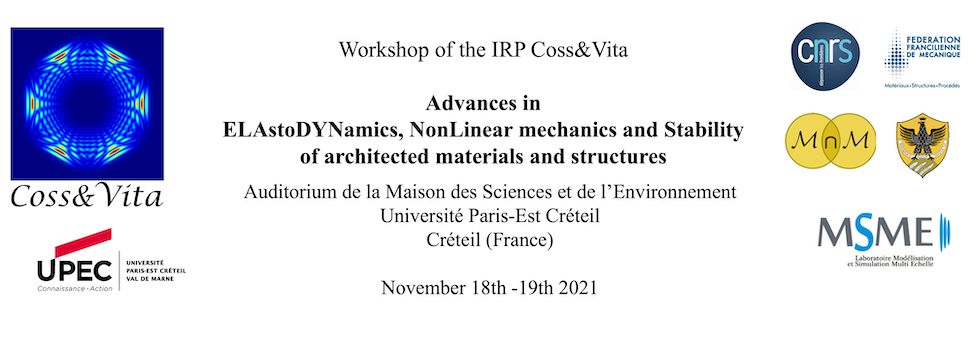We illustrate a continuum theory for materials having granular microstructure, accounting for tension–compression asymmetry of grain interactions and for dissipative phenomena like damage and plasticity. The dynamics is numerically evaluated and the results show interesting damage and plastic induced anisotropy evolution including the emergence of a type of chiral behavior and formation of finite localization zones. Besides, loading–unloading histories have been considered to elucidate the material hysteretic features of the continuum. We also assess the competition between damage and plasticity, each having an effect on the other. Further, the evolution of the load-free shape is shown not only to assess the plastic behavior, but also to make tangible the point that, in the proposed approach, plastic strain is found to be intrinsically compatible with the existence of a placement function.
In particular, the continuum description is constructed by assuming expressions of elastic and dissipation energies as well as postulating a hemi-variational principle, without incorporating any additional postulates like flow rules. Granular micromechanics is connected kinematically to the continuum scale through Piola's ansatz. Mechanically meaningful objective kinematic descriptors aimed at accounting for grain–grain relative displacements in finite deformations are proposed. Karush–Kuhn–Tucker (KKT)-type conditions, providing evolution equations for damage and plastic variables associated with grain–grain interactions, are derived solely from the fundamental postulates.

|
|
|
|
The Dynamics of a granular based elasto plastic damage model in the strain gradient formulation
1 : International Telematic University Uninettuno
2 : International Research Center for the Mathematics and Mechanics of Complex Systems. Università degli Studi dell'Aquila. L'Aquila, Italia.
3 : École Nationale d'Ingénieurs de Brest
École Nationale d\'Ingénieurs de Brest, Ecole Nationale d'Ingénieurs de Brest
4 : The University of kansas
5 : International Research Center for the Mathematics & Mechanics of Complex Systems
|
| Online user: 2 | Privacy |

|
 PDF version
PDF version